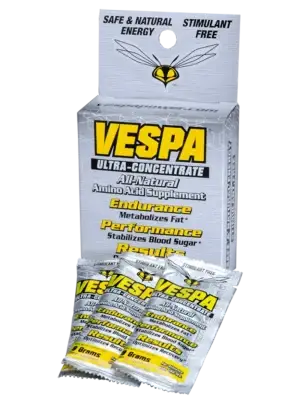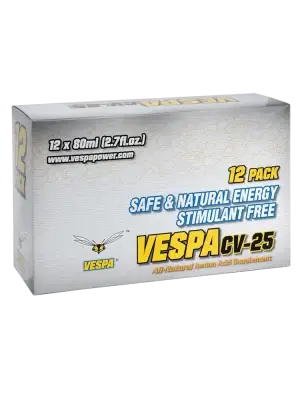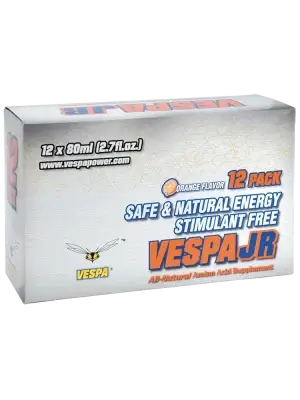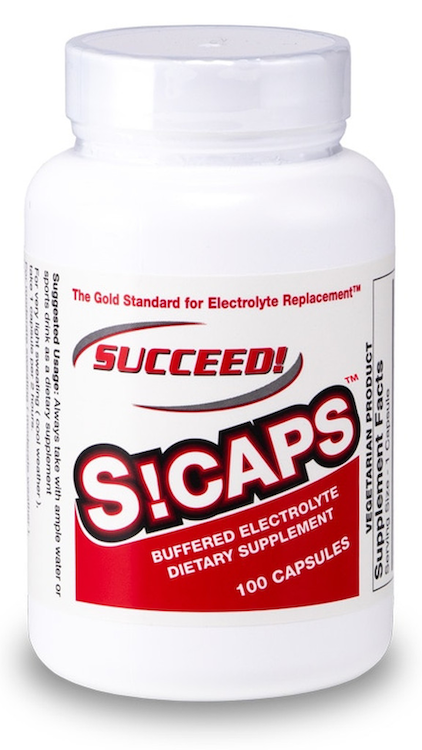With VESPA Say Goodbye to Stomach Problems
Why Athletes Get GI Issues (or Stomach Problems)?
Trying to ‘fuel’ yourself with external calories is a dead end strategy. Doesn’t matter whether its gels, liquid drinks, bars or even MCT oils and fat bombs. Dead. End.
Consuming hundreds of calories an hour contradicts our evolutionary physiology. We are meant to harness our onboard calories both fat and glycogen as our base fuel. Sure, a little extra kick for a gel, drink mix or bar can provide that kick necessary for racing or high level training, but use too much which will create a downward spiral effect resulting in GI issues and more. This includes bonking and an addiction to carbohydrates.
There are many factors that can cause GI issues. Here are a few:
- Too many calories during exercise resulting in stomach and gut shutdown, fermentation followed by vomiting and/or diarrhea
- Osmolarity imbalance which can prevent transiting of glucose from the GI tract into the bloodstream
- Hydration
- Heat sharply reduces the GI tract’s ability to process calories
- Complexity of digestion of certain foods like those high in fiber
- Conversely, highly processed energy products can also lead to GI issues
- Caffeine. Caffeine is a diuretic so significant amounts can create GI distress especially in the heat and humidity
- Long term effects of consuming a lot of calories during exercise and tremendous impacts this has on the GI tract, which, in turn, impacts long term health and performance
Over time, however, the chronic use of external calories has a much larger impact on the GI tract which exacerbates stomach and gut issues. Consuming tons of carbohydrates, especially during exercise, has serious consequences to the GI tract which have tremendous implications for overall health & performance.
The two primary ‘points of impact’ are:
1. The lining of the GI tract; the epithelium & mucous membrane
2. The biome which resides within the GI tract
Point 1 – The stomach and gut epithelium and mucous membrane comprise the lining of the GI tract.
The lining of the GI tract is composed of epithelial cells. These cells are literally YOUR gatekeepers for what gets into your body from the digestive tract, and perform a variety of functions in this ‘gatekeeper’ role. Not only do they allow fluids, nutrients, energy substrates, electrolytes, proteins and peptides into the bloodstream, they also are the ‘first-line’ defense mechanism in keeping viruses and pathogenic bacteria out! Because of all these vital roles the epithelial cells play, it is absolutely imperative to develop and maintain a healthy and robust epithelium just like you would for your muscles.
By design these cells are relatively sensitive and have some of the highest turnover of cells in our body. They are highly sensitive to nutritional and inflammatory inputs. With this basic information you can now see how, over time, fueling your body with concentrated forms of carbohydrates, including simple sugars can impact your GI tract. High energy, easily oxidized and nutritionally devoid forms of foods and fuels create a situation where epithelial cells are impacted by being nutritionally deprived, and subject to a lot of oxidative stress resulting in a huge inflammatory load . . . is it any wonder that so many athletes’ stomach and gut are literally revolting against the onslaught of gels, bars and liquid nutrition?
Maintaining a robust epithelium is also critical to a robust, diverse and well populated biome. Think of it as a rainforest canopy of diverse plant life. Like a tropical rainforest over a hundred feet tall, a robust epithelium has hundred of types of epithelial cells within all the way to the gut barrier and, along with this, structure a large, diverse and healthy population of bacteria, fungi and archaea composing the human gut biome. ‘Burn’ this metaphorical rainforest down with easily oxidized carbohydrates including simple sugars, and you can envision how this impacts both the epithelium, and the biome’s capacity for digestion and first line defense against antigens.
Point 2 – The microbiome which resides within the epithelium.
While the human microbiome is a hot topic, it is also one filled with well-intended but mis-guided information. Your GI tract is the principal residence for your biome, which is composed of the Bacteria, Fungi, and Archaea which are in a constantly shifting dynamic balance.
Your microbiome co-exists with and within your intestinal epithelium, and when both are healthy and robust they are synergistic in conferring even greater GI health & fitness which confers overall health & fitness. When either is compromised the other is too. Like the epithelium, the biome is also highly sensitive to what feeds this diverse community.
In feeding the biome, your biome also performs some firstline metabolic functions ahead of your body in terms of protection and nutrition.
What feeds your biome ultimately feeds you. Your biome is an integral part of the digestive process and these residents produce or become the actual nutrition your body feeds upon to get its energy and nutrition. These are the long-chained fatty acids and lipo-proteins your body absorbs as key nutritional building blocks. This is particularly true for people who consume a plant based diet or a diet of highly processed foods. Less so in cooked minimally processed animal-based foods and naturally cultured foods.
A robust and healthy biome is often able to consume and overcome exposure to small viral and bacterial loads, break down allergen inducing proteins (a perfect example is gluten), and sequester heavy metals ahead of the body having to do so. These functions prevent or minimize an inflammatory and/or histamine responses, and are vital to maintaining a healthy immune system.
What feeds it and even what does not feed it have a profound impact on the profile of the bacteria, fungi and archaea. Other factors like antibiotic use, type of antibiotics, types of foods consumed, probiotic foods, probiotic supplementation, feeding timing, exposure to external viruses, bacterial infections, heavy metals, environmental toxins, parasites, etc. all add into the mix of variables which influence your biome and how it influences your health. This is a delicate balancing act.
Why all this GI tract and microbiome information is important to know when it comes to Stomach & Gut Issues . . .
This balancing act can get severely disrupted over time through the chronic consumption of concentrated forms of carbohydrates, including simple sugars. The reduced robustness of the epithelium, resulting in the reduced diversity of the biome has a compounding downward cascading effect. The oxidative stress and inflammatory impacts become magnified particularly during exercise.
This is where many athletes crossover into serious stomach and gut issues, which can literally take them from winning a race to being on the side of the course doubled over in pain and/or vomiting. This erosion of the GI lining literally becomes a ‘Fire in the belly’, but the sort you want to avoid at all cost! Unfortunately this is inevitable for all but a few if you are fueling inside and outside your training and competitions, with mostly concentrated forms of carbohydrates.
Further complicating matters is that during exercise the body downregulates blood flow to the digestive tract, instead allocating the blood flow resources to the muscles and, subsequently to the skin surface to thermoregulate. In fact, the hotter the weather the less blood available to the digestive tract. Under these conditions only a limited amount of simple sugars combined with the correct osmolarity of fluid (water + electrolytes) can be processed without issues, and ingesting complex, slow digesting carbohydrates can actually result in fermentation.
Why Vespa Supplements Will Not Cause Stomach Problems
Using Vespa during training and racing will reduce your dependency on a lot of exogenous calories, which trigger most GI issues. Our observation over the past 14 years of working with endurance athletes suggests anywhere from 25% to 80% REDUCTION in calories needed during competitions and 50% to 100% REDUCTION in the need for calories (other than Vespa) during training.
Do you want to go do a workout or competition after or during a meal? . . . of course not! ……it’s the same in inverse, your body doesn’t want to be trying to digest significant amounts of food/calories while you are trying to train or compete at a high level.
EXPERIENCE THE VESPA POWER DIFFERENCE
-
VESPA Ultra-Concentrate
$99.99 $2,159.78 — or subscribe to save 10% This product has multiple variants. The options may be chosen on the product page -
VESPA CV-25
$29.50 $302.40 This product has multiple variants. The options may be chosen on the product page -
VESPA JR
$24.95 $259.20 This product has multiple variants. The options may be chosen on the product page
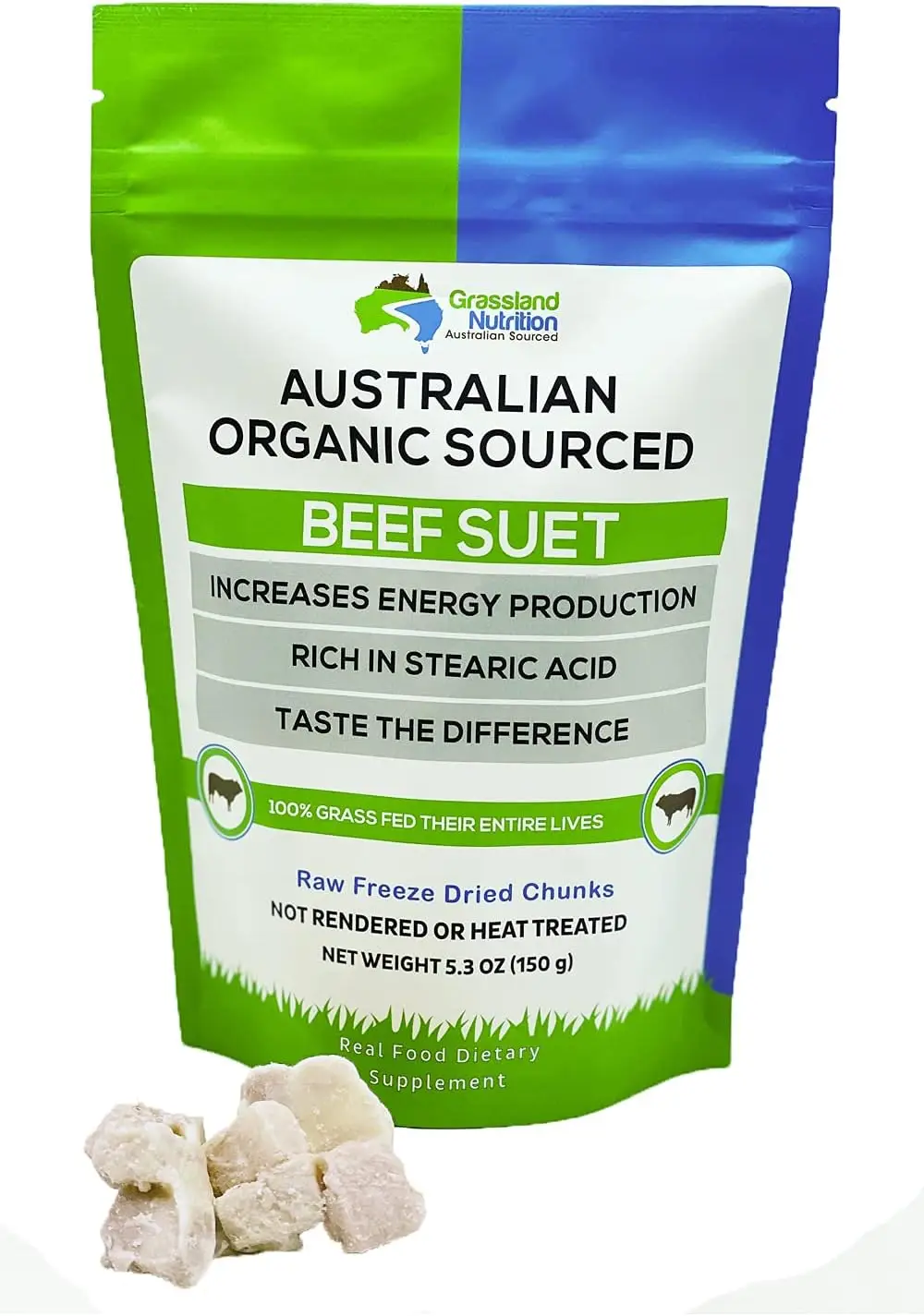
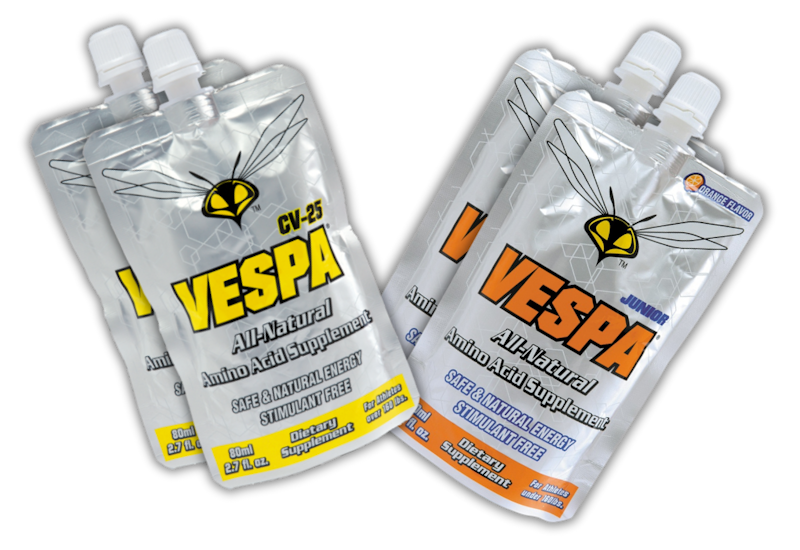
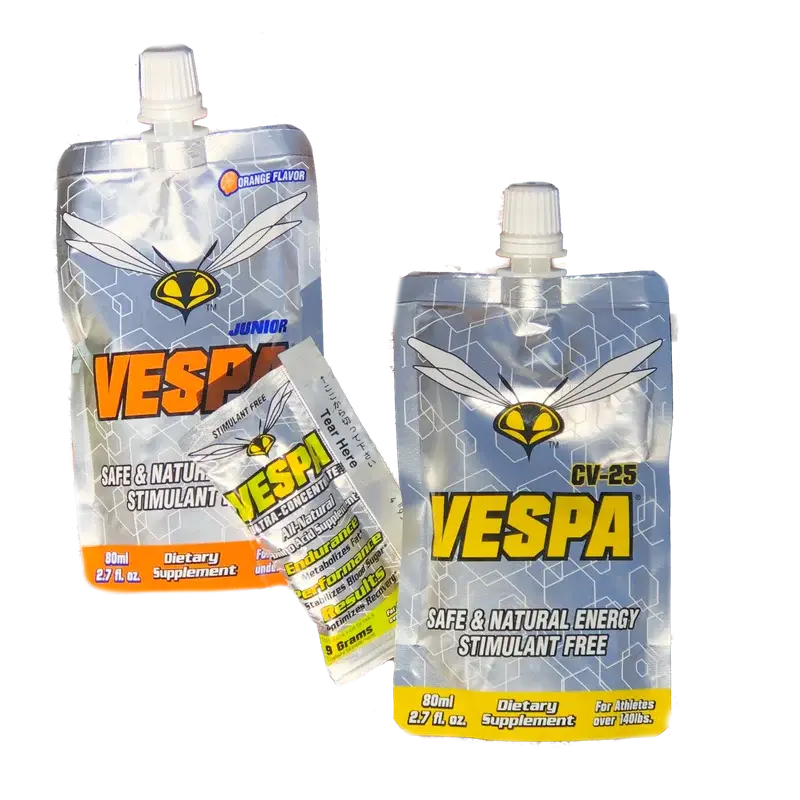

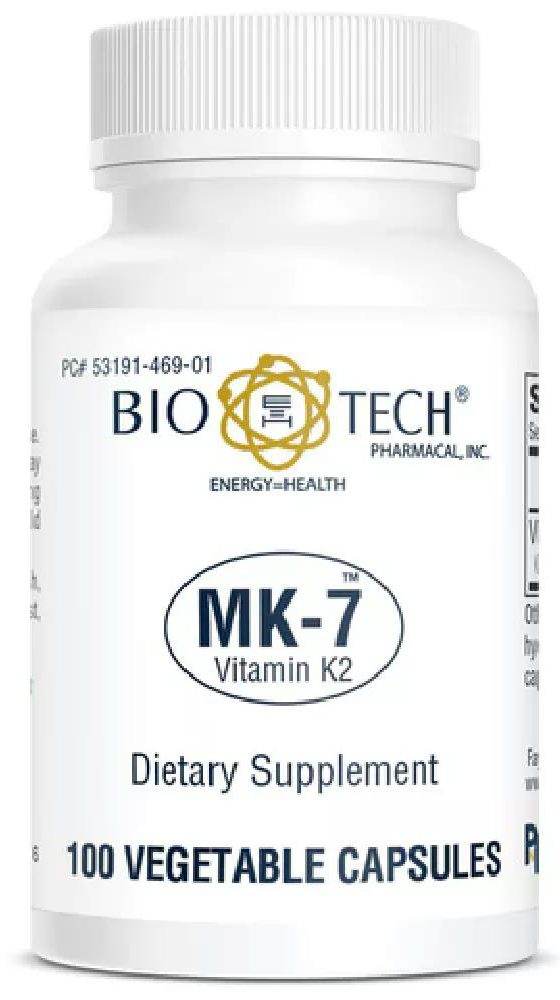
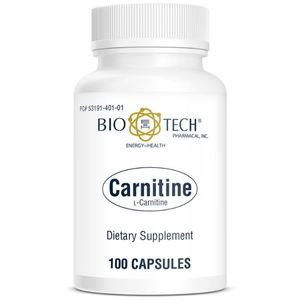
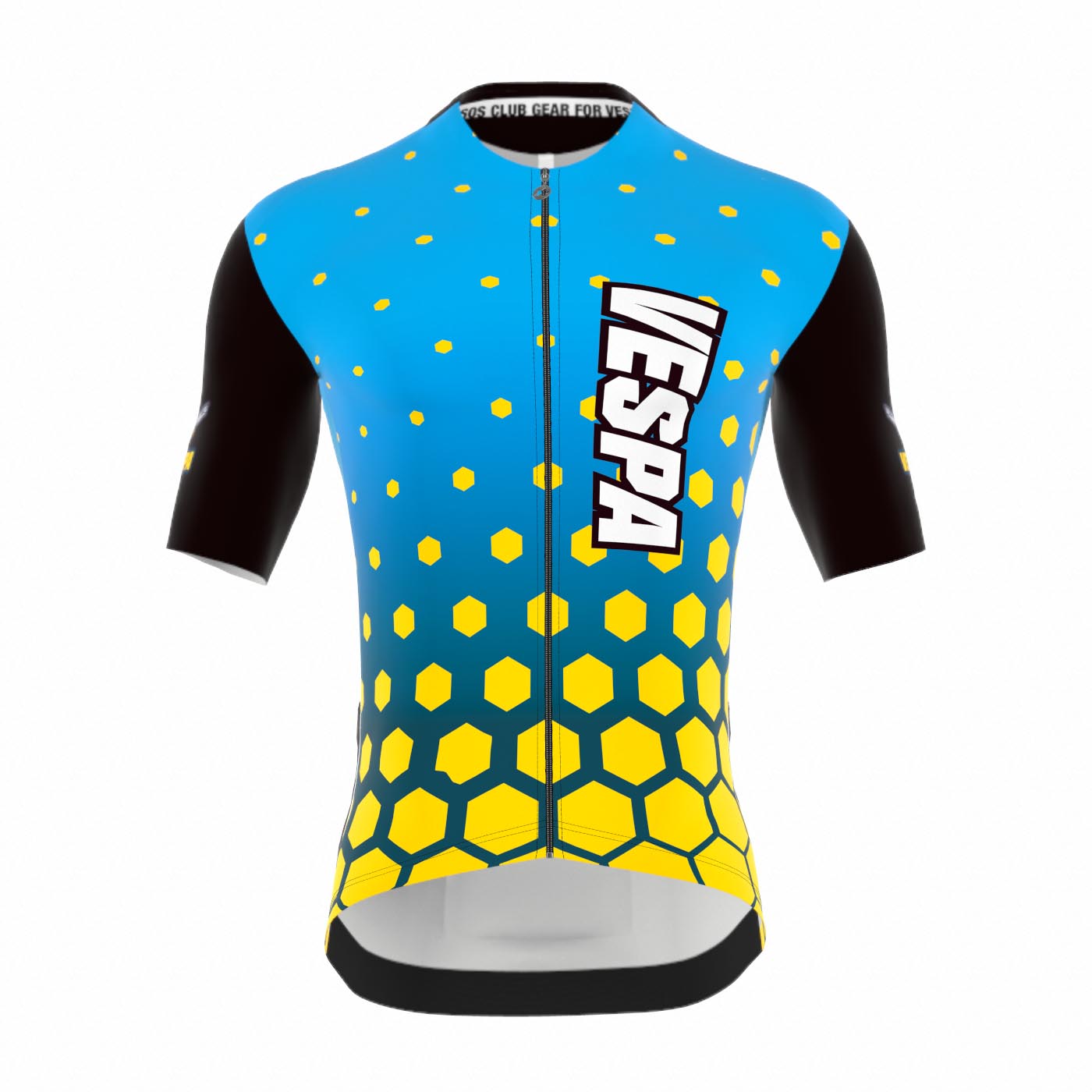
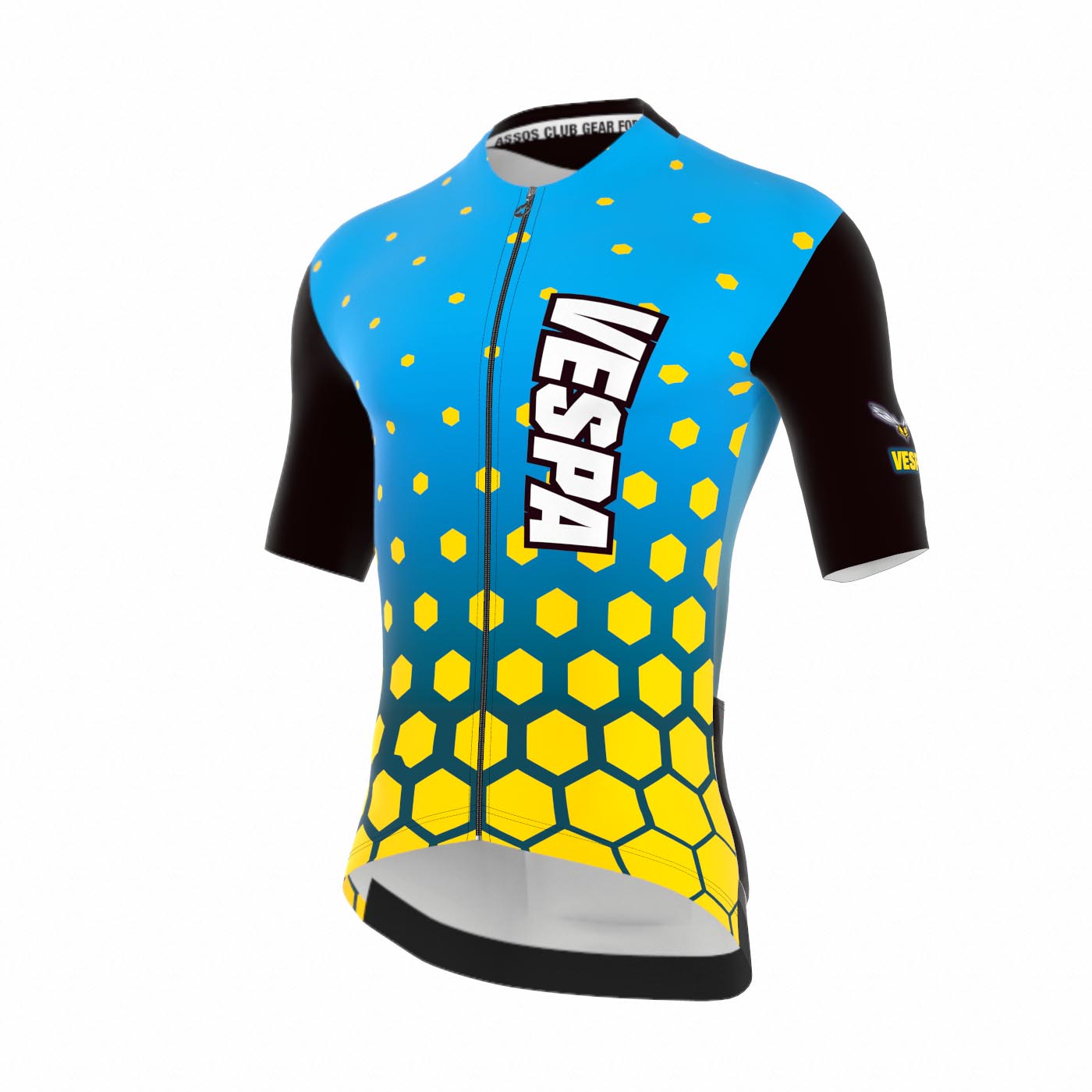

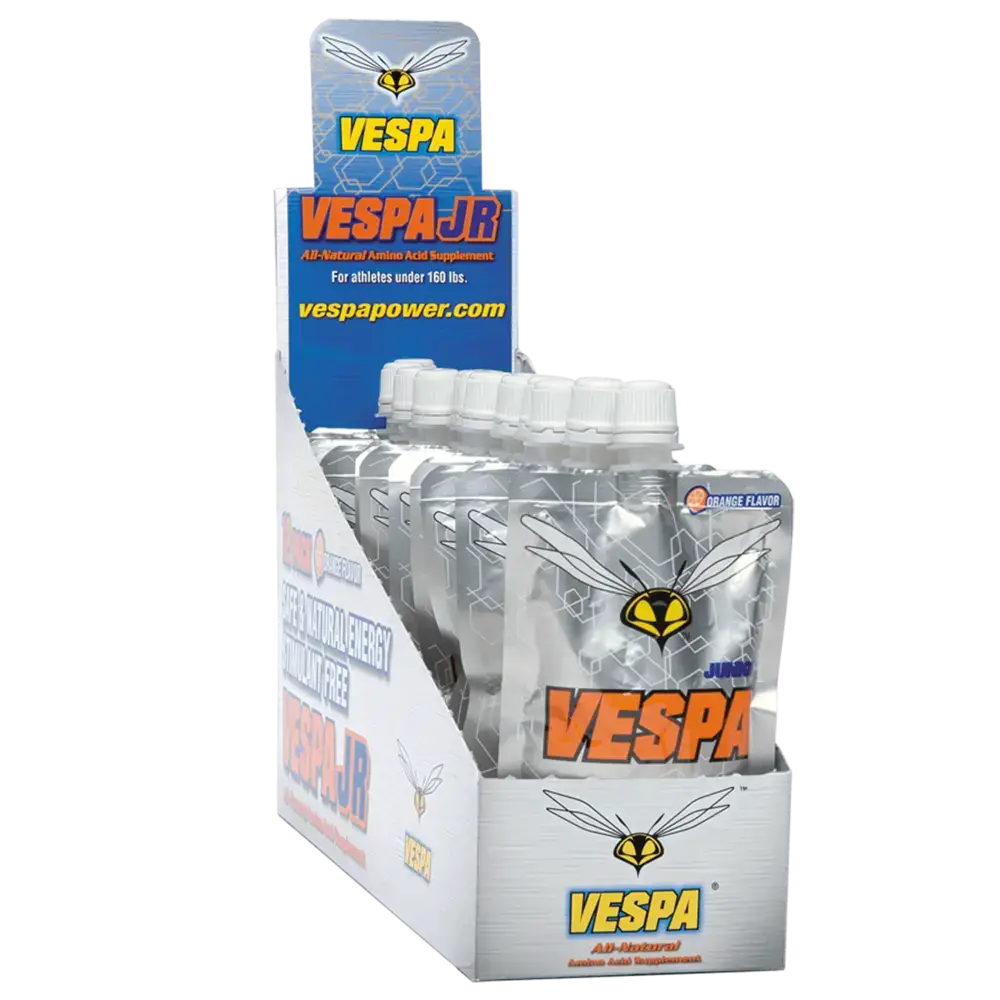






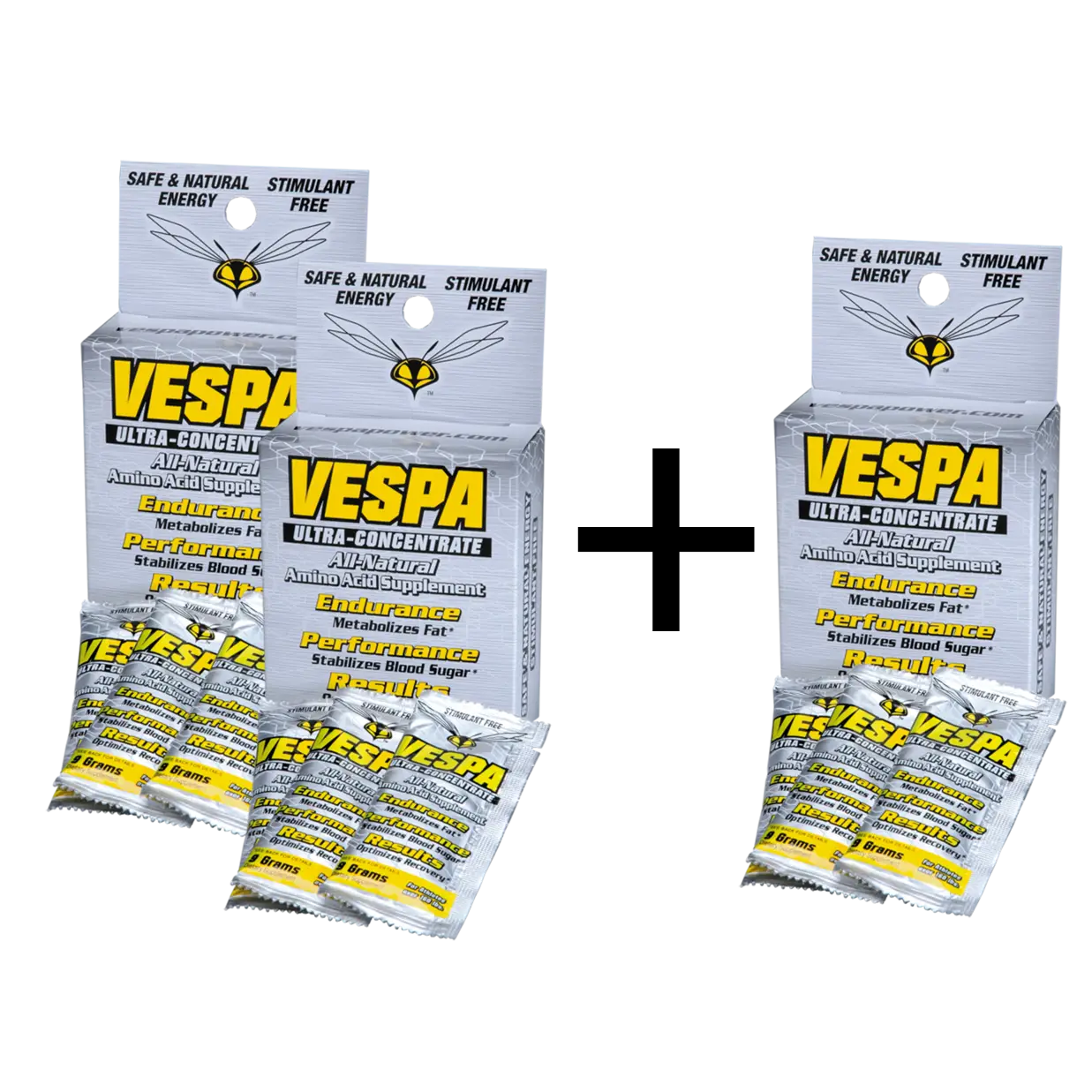
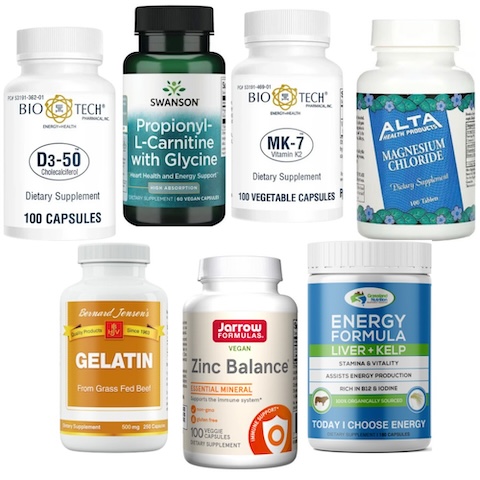
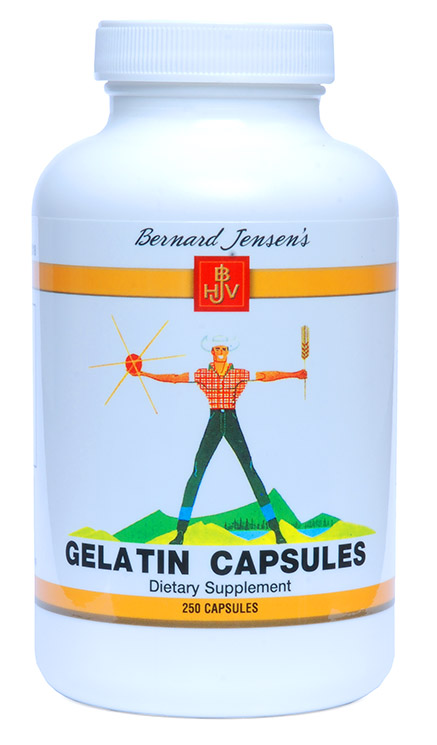
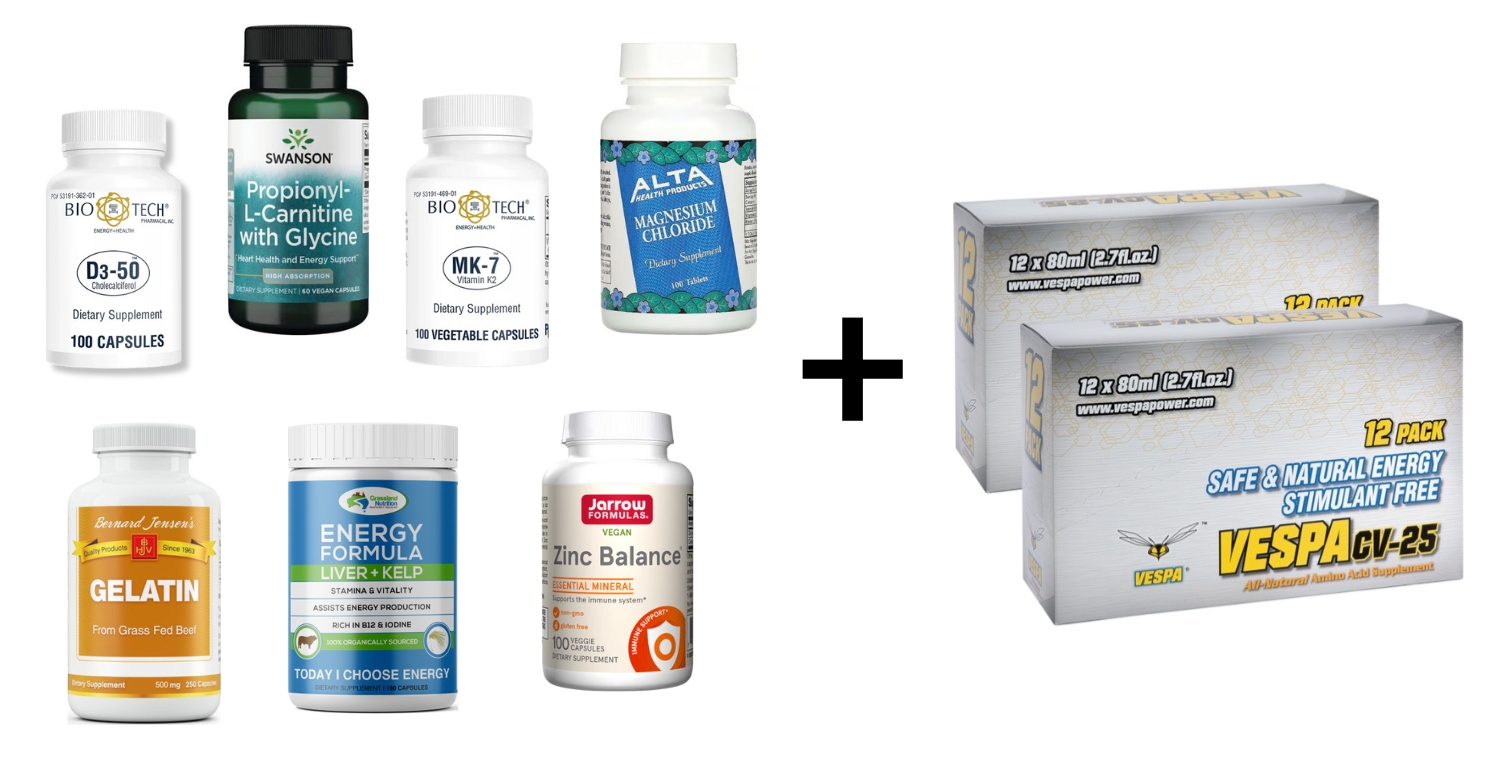
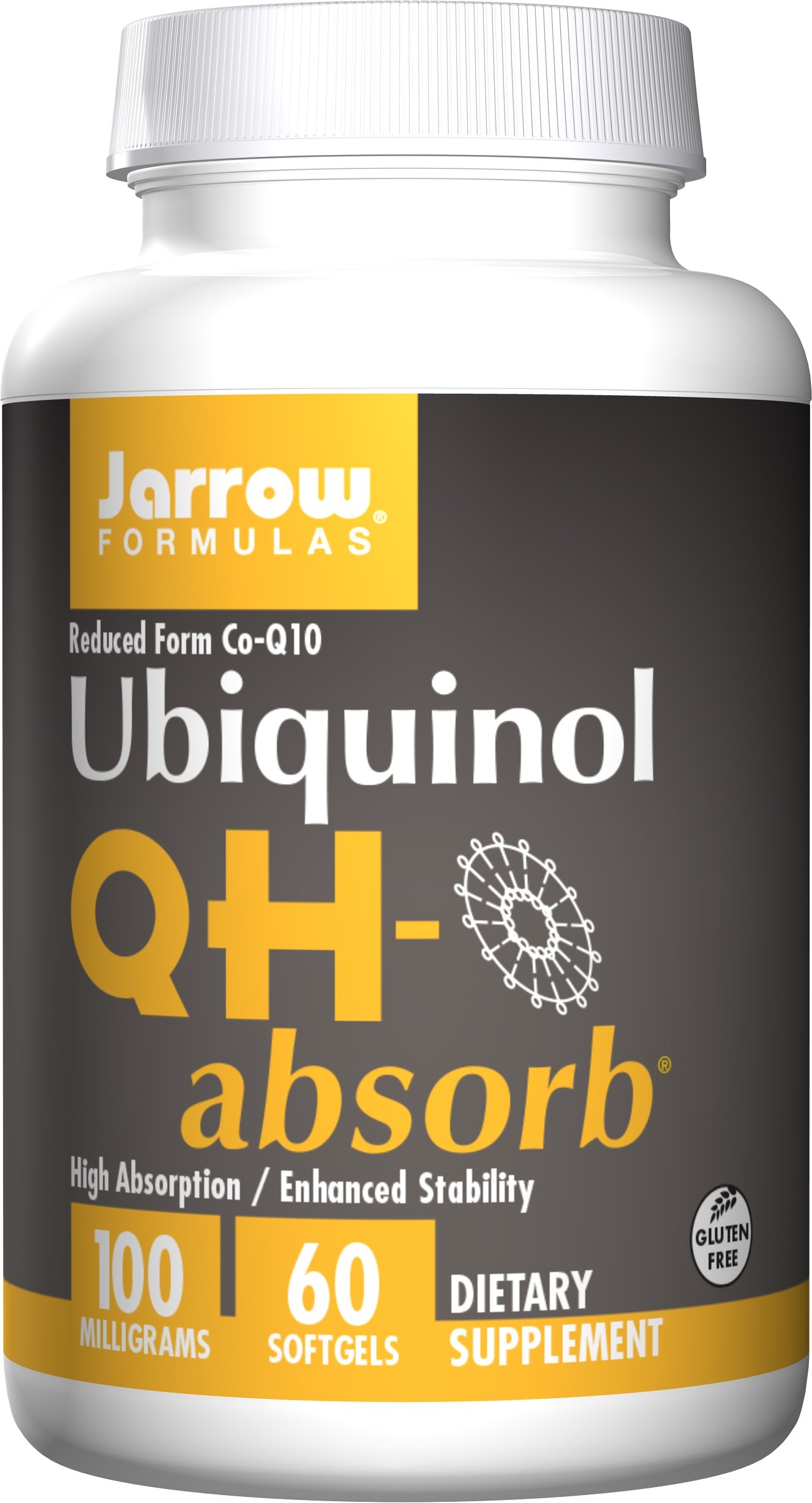
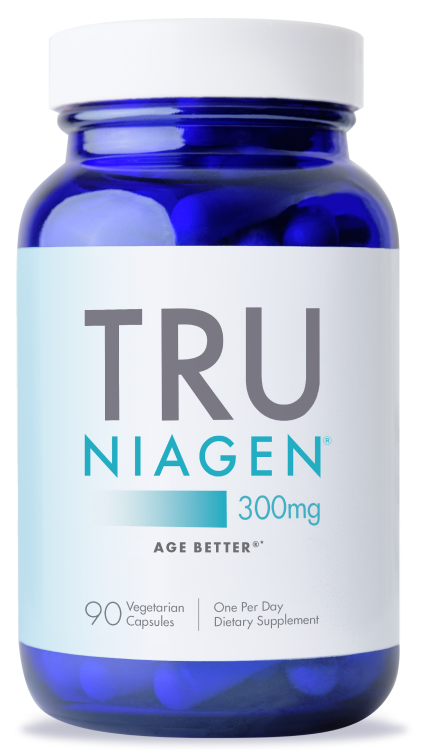
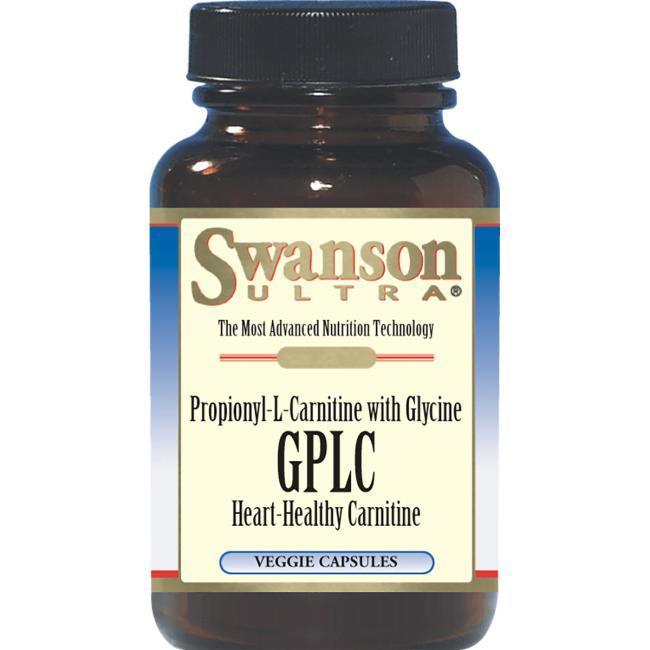
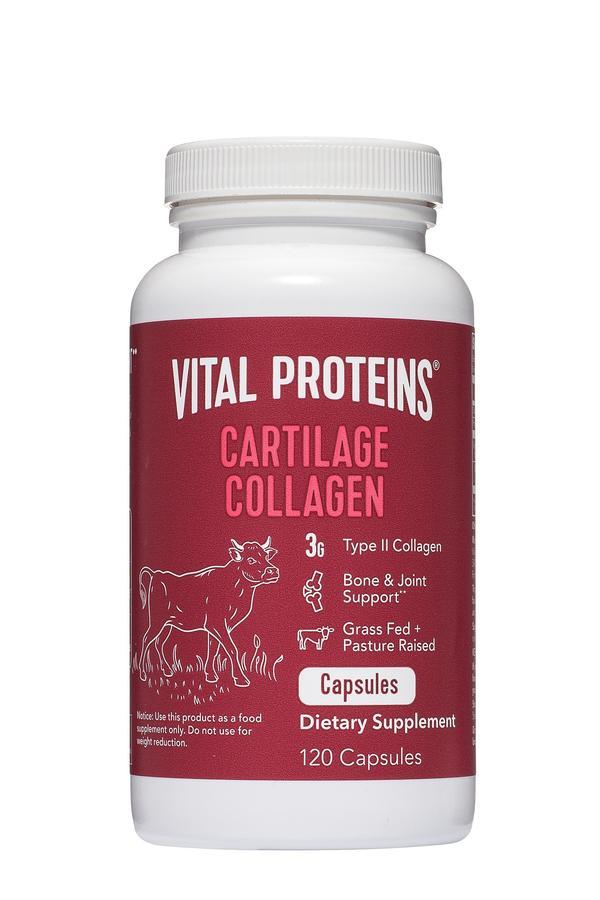

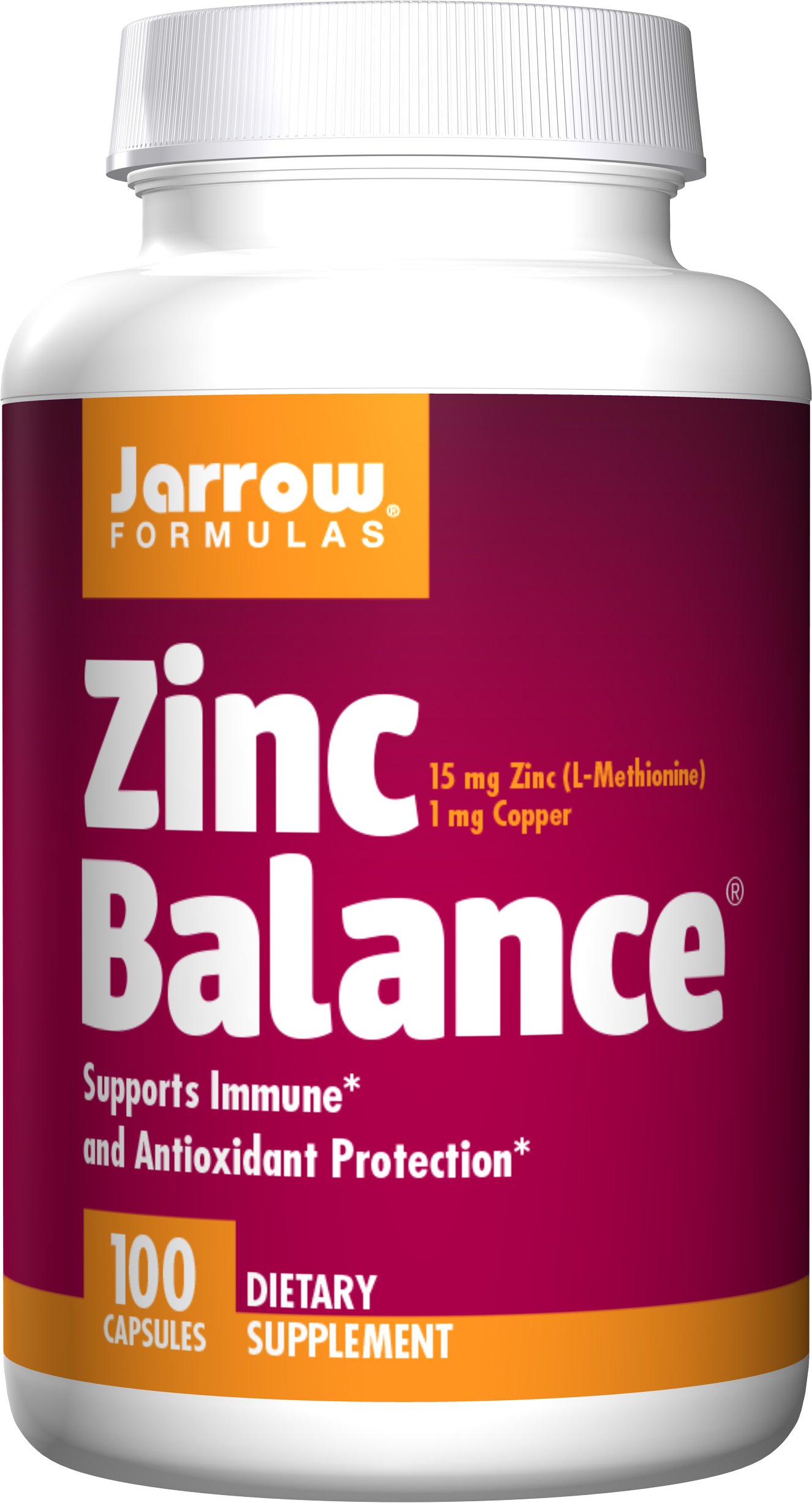
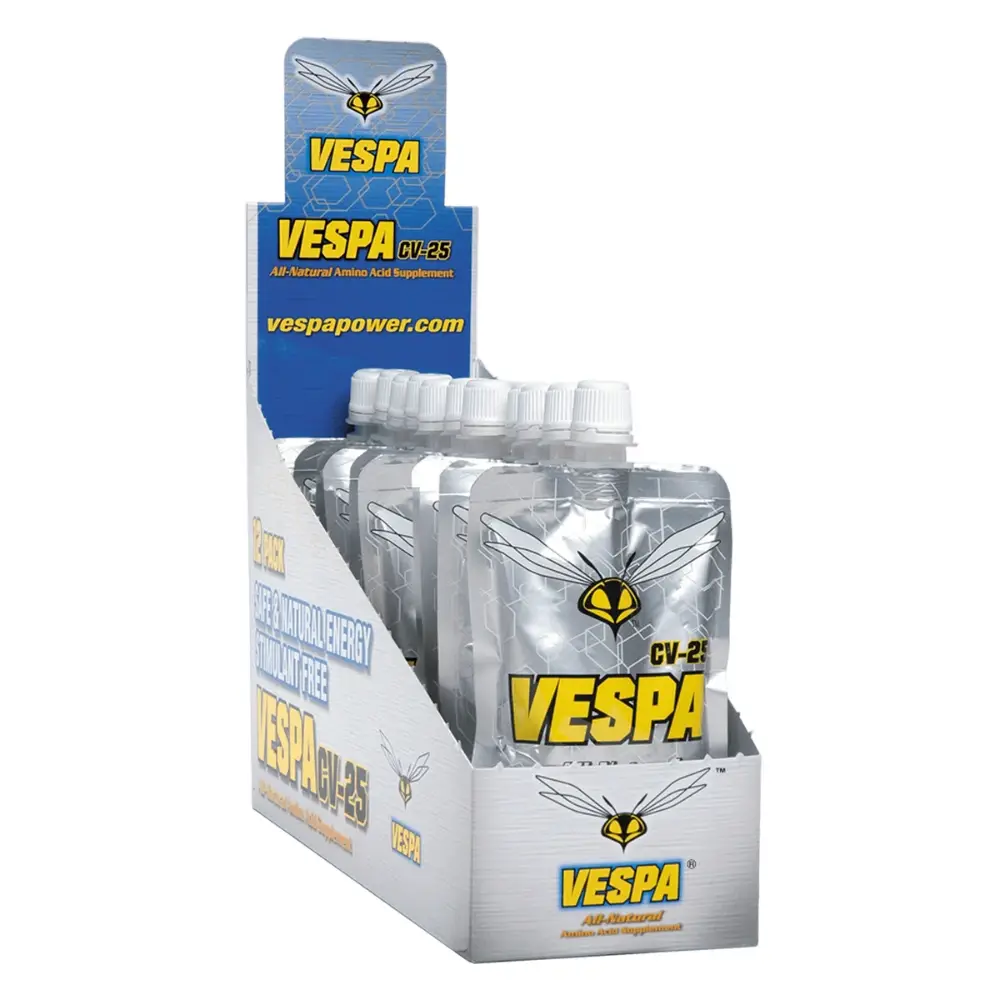
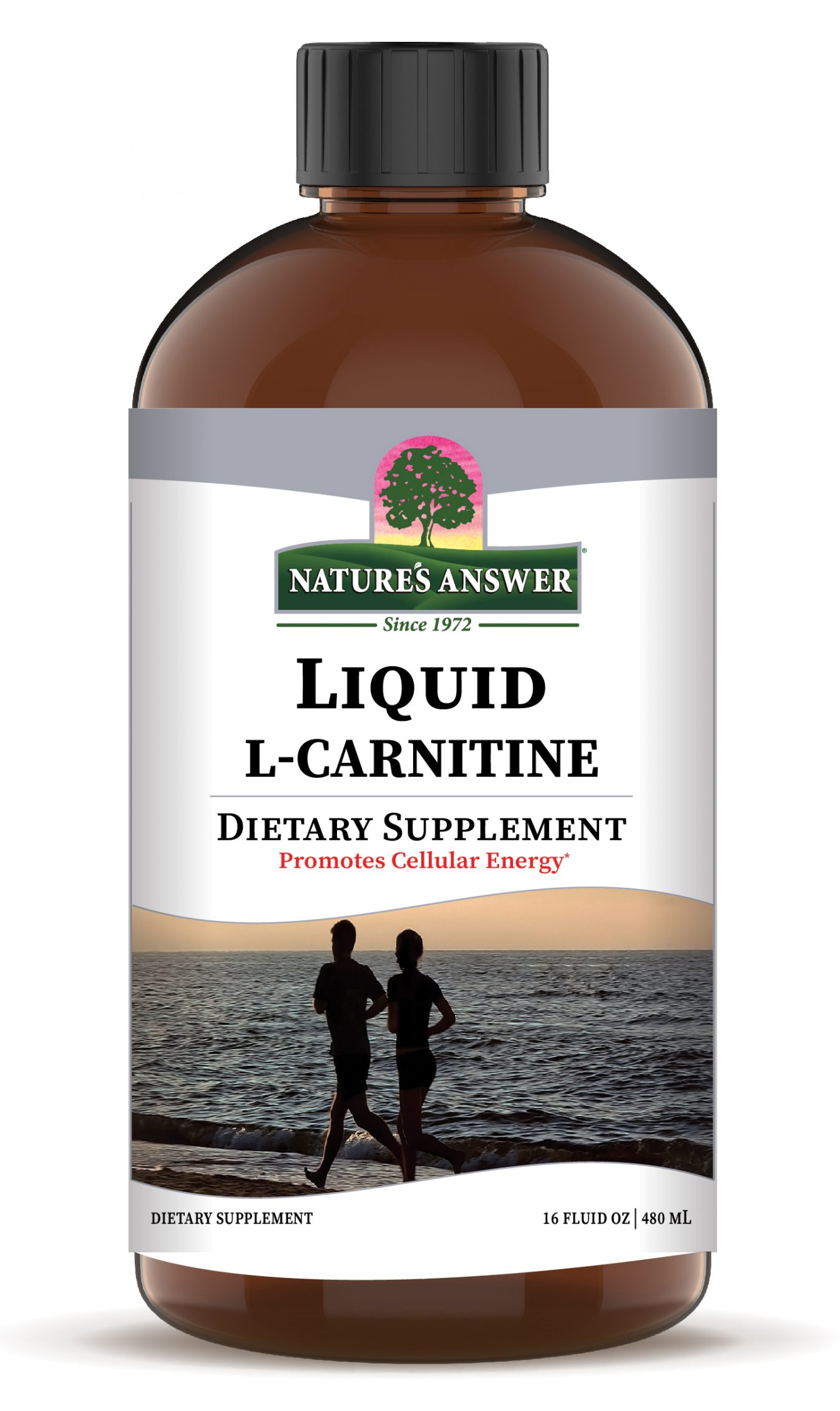


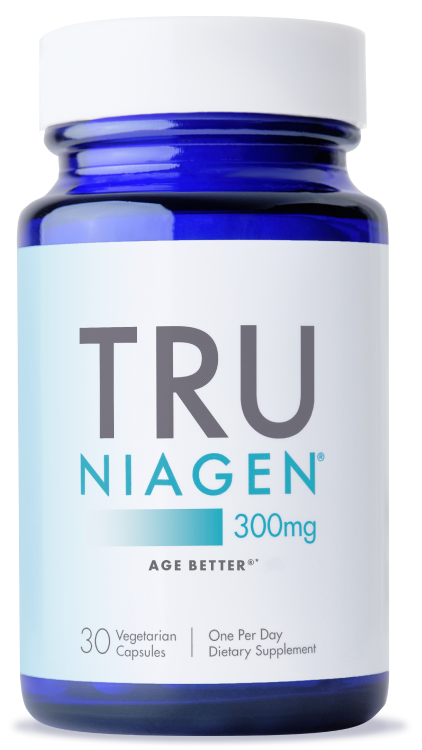

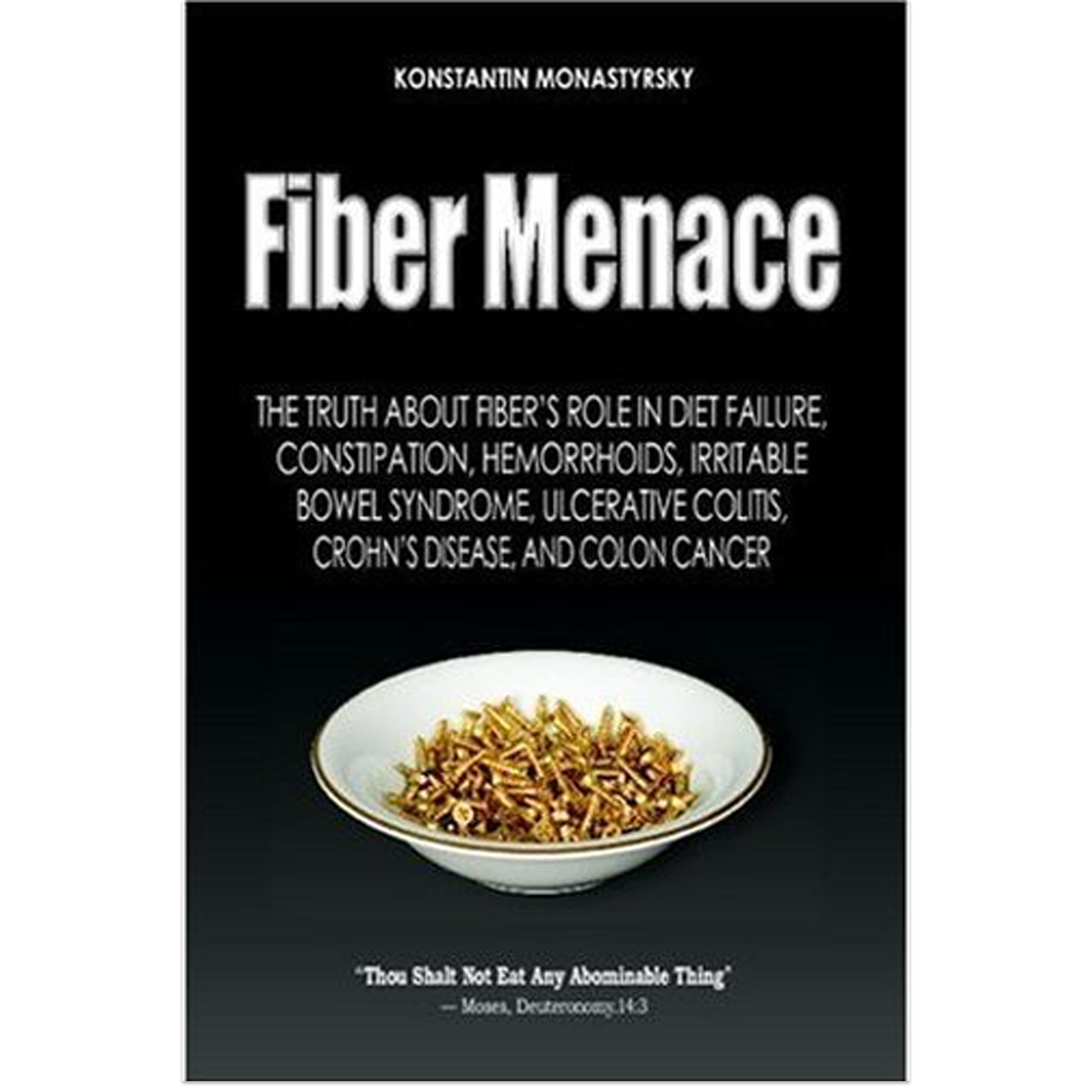
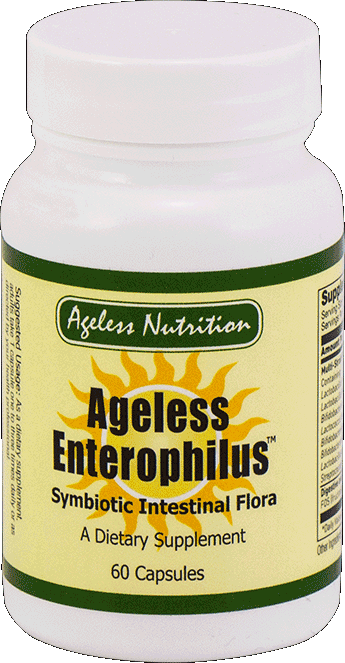
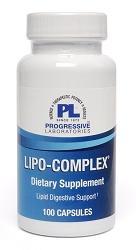
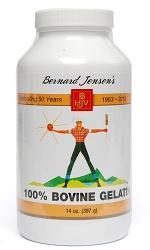
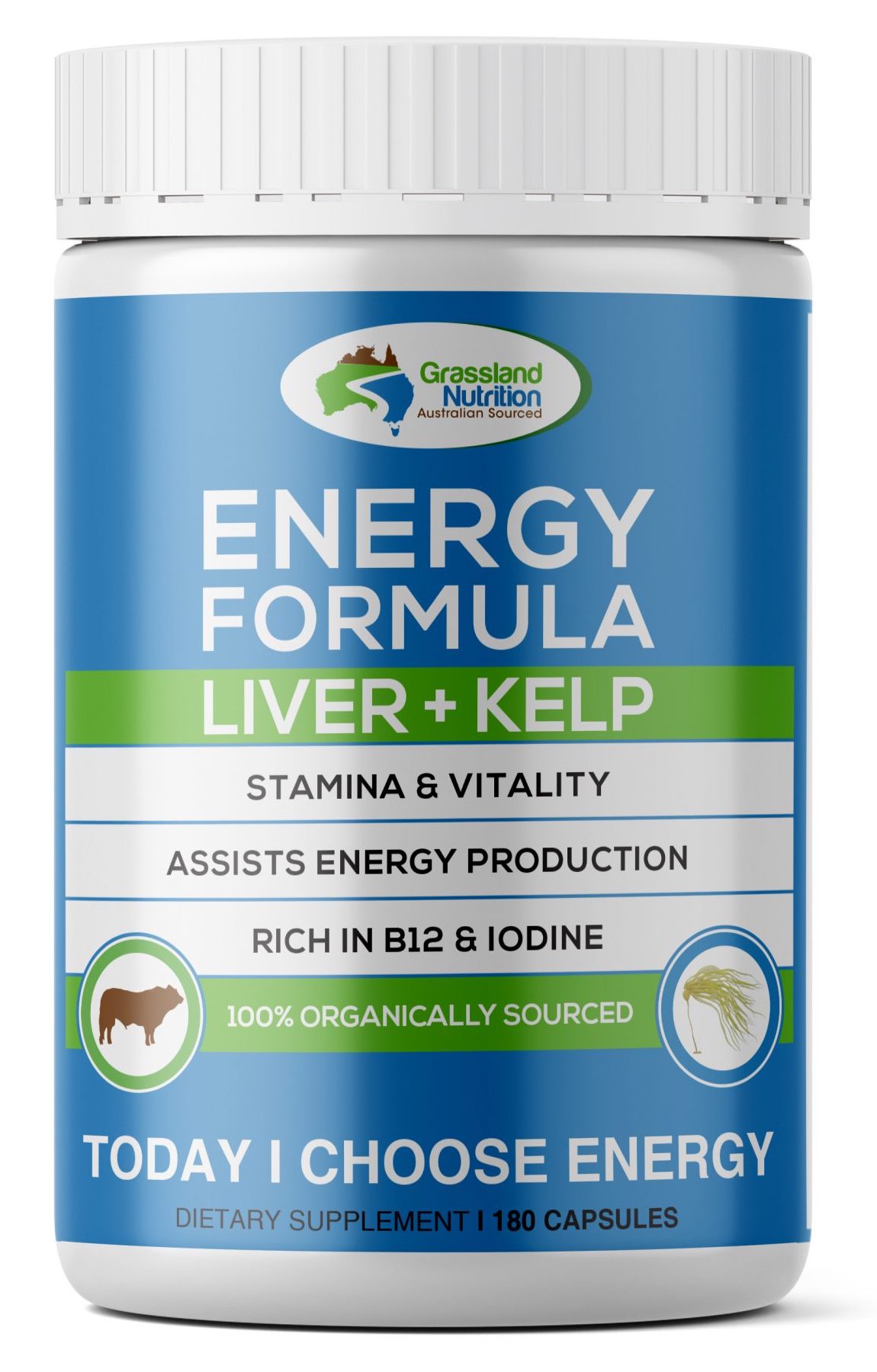
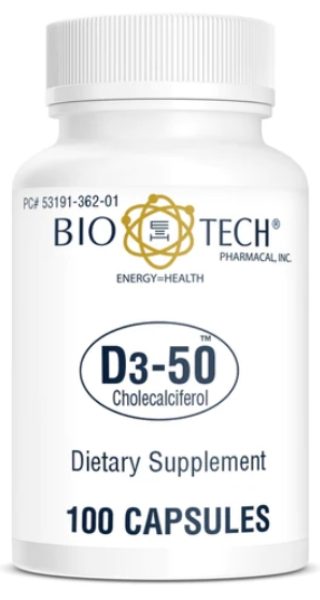
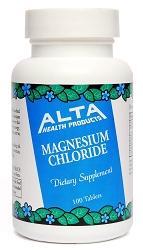
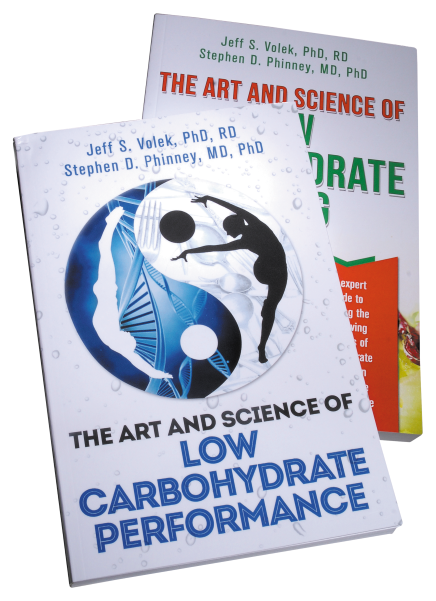
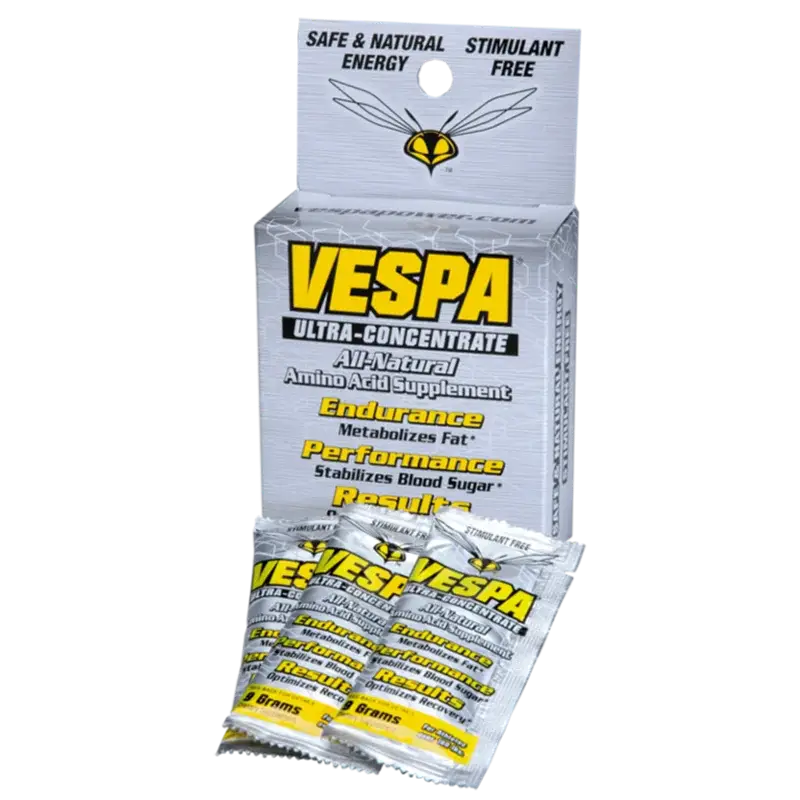
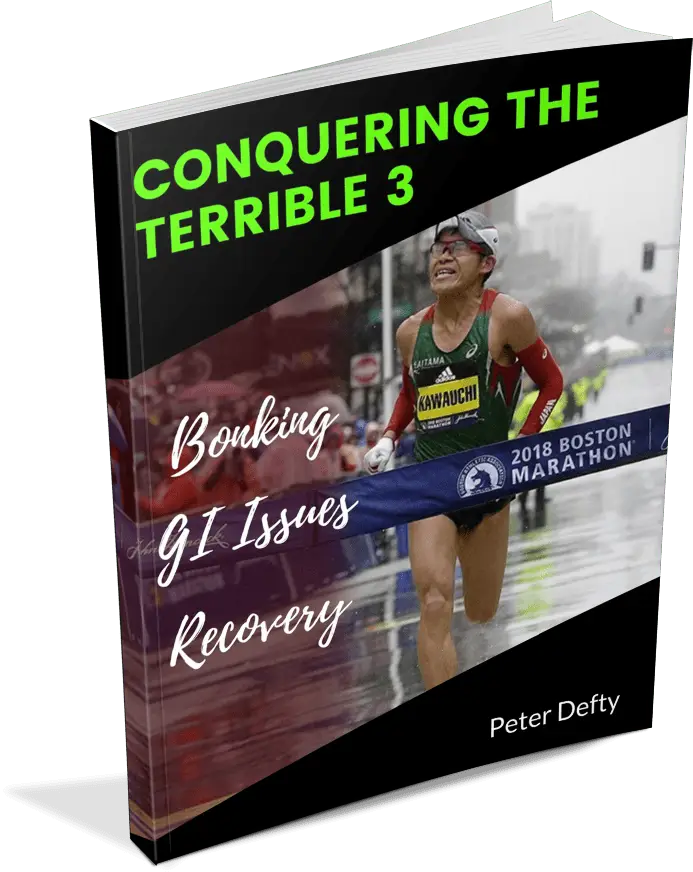
FREE GUIDE
Debunking the 3 Biggest Performance Lies
Enter your name and email and you will learn:
- that bonking is not normal, why it happens and how to avoid it
- that GI Issues and Stomach problems are fixable
- the secret key to fast recovery and save weeks of agony


